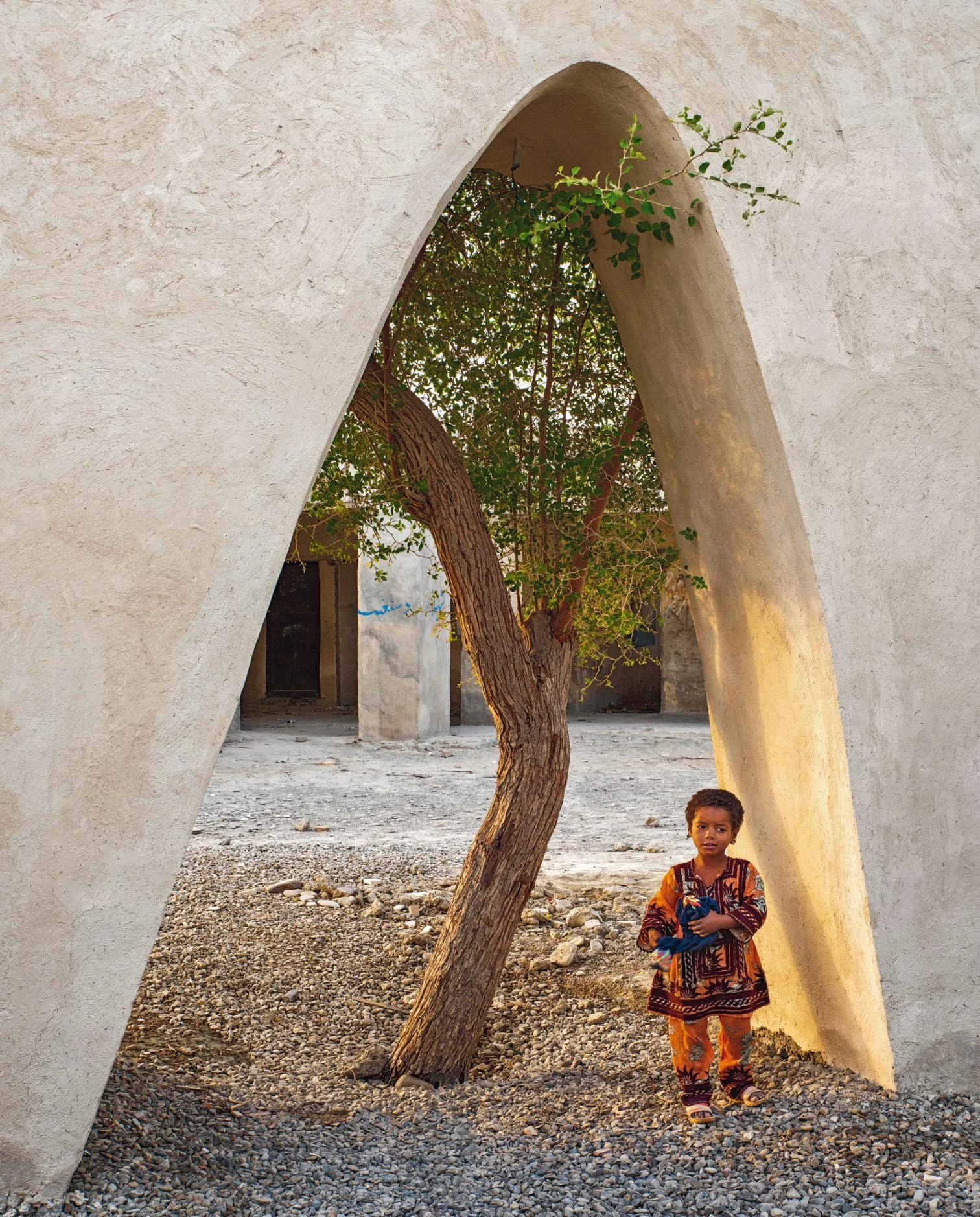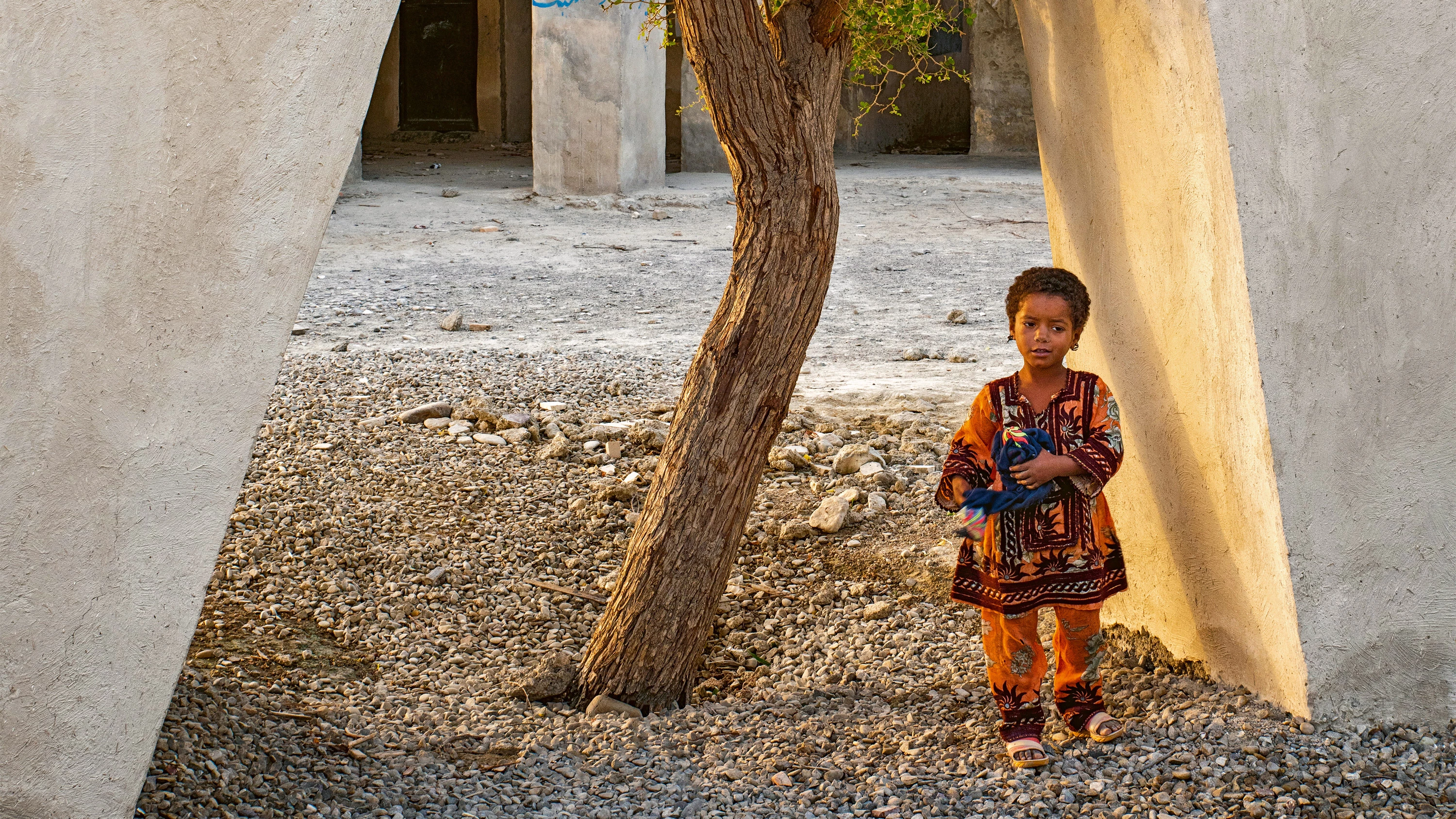
Daaz Office, Jadgal School, Seyyed Bar (Iran)
An event in the Gulf and two books of Harvard and Yale have scarcity as their focus. Sharjah, the cultural capital of the Emirates, gathers 65 participants from 40 countries in its second Architecture Triennial, developed between November 2023 and March 2024, and documented in a catalogue titled Field Notes on Scarcity. Simultaneously, Harvard University Press publishes Scarcity, a work of Fredrik Albritton Jonsson and Carl Wennerlind about the intellectual history of the concept, while Yale University Press does the same with The Invention of Scarcity, where Deborah Valenze challenges Malthus’s political economy. And if the architects, artists, and writers of the Triennial come mainly from the Global South, the authors of the volumes from the university presses represent well the academic climate of the Global North, because two of them are Swedes who teach in Chicago and at Columbia University’s Barnard College, an institution to which the American author of the second book is linked.
This is not a random coincidence, and the curator of the Triennale herself – the Nigerian architect Tosin Oshinowo, trained in London and with a studio that works both in Great Britain and in her home country – says so in the introduction to the catalogue, where she describes how she finds herself straddling the global North and South, explaining that her defense of impermanence and adaptability show an alternate path to tackle the fragility and scarcity affecting the planet as a whole, at a time marked by the climate crisis and violent conflicts. Though Africa and the Middle East are primarily represented, the selection also includes Latin American architects and collectives in whose work scarcity sharpens the wit, from Brazilian self-builders to the Fazendeiras or Ruina women to the community project in Mexico by Fernanda Canales or Comunal, through the programmatic generosity of 51-1 in Peru or the various Ecuadorian experiences with minimal structures.
Just like architects, historians explore the relationship between nature and economy with a critical spirit, reprehending the appetite for abundance and the delirium of indefinite growth, giving perspective to the social construction of scarcity, and finding in pre-industrial communities signs of resilience and adaptative intelligence that can shed light on a somber present. Albritton Jonsson and Wennerlind tackle the intellectual history of scarcity from the origins of capitalism to the current climate crisis, establishing a distinction between ideologies of abundance, which bring together the domain of nature with human desires, and arguing that the Great Acceleration of human impact on the planet during the past century can only be answered with a Great Halt that establishes limits to economy and desire. The struggle between Cornucopians and Finitarians runs through all the pages of a history of economic thought that opposes the genealogy of infinite growth, from Francis Bacon to Alfred Marshall and Paul Samuelson, to the critics of this now hegemonic doctrine, where agrarian radicals, romantic poets, and ecofeminists are joined by figures like Karl Marx or Hannah Arendt: the Swedish professors embrace these critical currents, and venture that the essential reconciliation of economy and nature, inspired by thermodynamics and systemic ecology, can bring about a desirable Age of Repair.
Not very different is Valenze’s plea, though in this case the emphasis shifts from climate crisis to food crisis – and in fact her book is published in the context of the Yale Agrarian Studies Series –, censoring the theses of Malthus, whose influential classic of 1798, An Essay on the Principle of Population, understood food as a mere commodity, claiming that famines were the answer to episodes of ‘surplus population’. Arguing against, in her view, one of the founders of neoliberal economy, she criticizes his use of grain agriculture as a universal measure of food and civilization, and against the centrality of bread in European culture, the American professor uses lessons from anthropology and from history to undermine Malthus’s heritage and offer alternate paths for the rural populations of Europe and the Global South. Both praised by Dipesh Chakrabarty (whose The Climate of History in a Planetary Age was reviewed in Arquitectura Viva 237), these two volumes of 2023 attest that the impact of the current planetary crisis is modifying the way in which we perceive the past, and perhaps also the technical and intellectual tools with which we face the future.
Material scarcity may go hand in hand with spiritual abundance, and the latest film of Wim Wenders, Perfect Days, is an eloquent cinematographic and architectural example of this. Set in the Japan of Yasujiro Ozu, the Franciscan atmosphere of the film renders tribute to the author of Tokyo Story, depicting the vertigo of big city life through the Spartan existence of Hirayama, a man who works cleaning public toilets – interpreted by the grand Koji Yakusho –, and who finds peaceful happiness in the everyday routines of grooming and working, in the contemplation and photography of nature, and in the music of Lou Reed, Van Morrison or Eric Burdon. The sanitary facilities he takes care of belong to The Tokyo Toilet Project, 17 public bathrooms located in the district of Shibuya and designed by prominent Japanese architects like Fumihiko Maki, Kengo Kuma, Shigeru Ban, Sou Fujimoto, Toyo Ito or Tadao Ando, so the emotional richness of the laconic Hirayama is further stressed by the artistic sophistication of the pavilions and the civic pride of the metropolis that promotes them. Yes, scarcity can be abundant.

Kengo Kuma, Tokyo Toilet, Nabeshima Shoto Park, Tokio (Japan)









